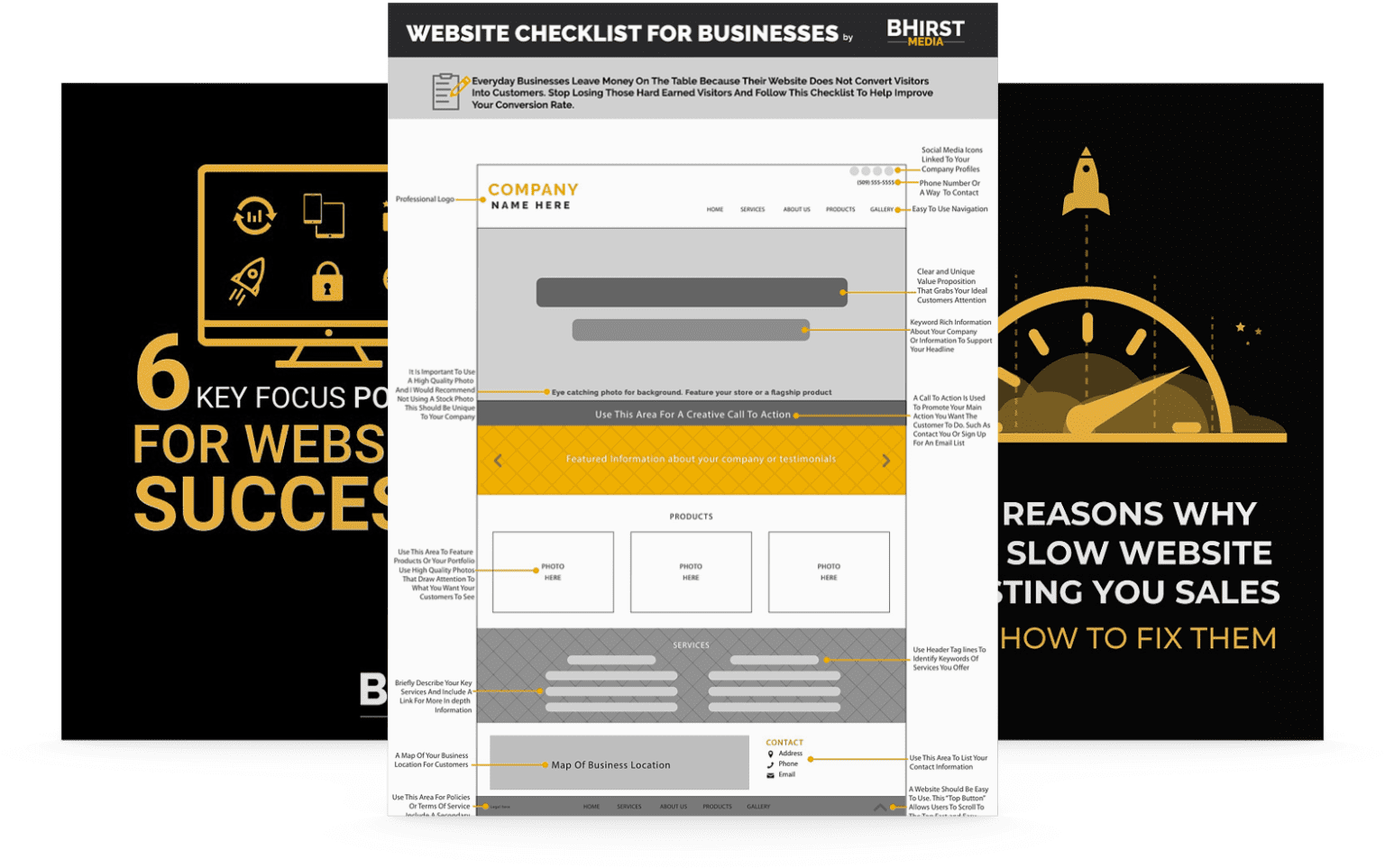
Delivering value in content marketing is the cornerstone of building trust and meaningful engagement with your audience. This approach goes beyond merely sharing information, focusing on genuinely addressing customer pain points to foster deeper connections and loyalty. Below are key strategies to help you master this approach:
Delivering value in content marketing is about becoming a trusted resource that audiences turn to for authentic, helpful, and engaging content. In the sections ahead, we’ll explore these strategies for creating value-driven content and establishing stronger, more resonant connections with your audience.
In an era where trust is the new currency, content marketing has evolved far beyond mere information sharing. Delivering value in content marketing is crucial because it’s what genuinely engages your audience and fosters trust. It’s about consistently providing content that enriches your audience’s understanding, solves their problems, and respects their input.
But what distinguishes a memorable piece of content from the noise of countless promotions? It’s content that not only addresses your audience’s pain points but does so in a way that resonates emotionally and intellectually. Whether you’re aiming to solve problems, share insights, or build connections, how you deliver value can make your brand indispensable.
Let’s explore the strategies that turn content from just another fleeting buzz into a trusted resource, sparking meaningful, lasting relationships with your audience across diverse fields—from healthcare solutions to educational tools and beyond.
One of the foundational aspects of delivering value in content marketing is gaining a deep understanding of your audience’s pain points. These are not just minor inconveniences but significant challenges that your potential customers face daily across various sectors. By focusing on these pain points, content marketers can craft messages that resonate on a personal level, directly addressing the issues your audience cares about most.
For instance, a software company might discover that their target users struggle with complex installation processes or lack of integration with other tools they use. Similarly, a healthcare provider might find that patients are confused about treatment options or struggle to manage chronic conditions. Addressing these pain points directly in your content can position your brand as the solution to their problems.
Real-world applications of this principle are evident when businesses use customer surveys, social media listening, and market research to uncover these critical issues. For example, HubSpot, known for its inbound marketing tools, frequently engages with its user base to understand what features or guidance they need most. In the healthcare sector, Mayo Clinic uses feedback to refine patient education materials, ensuring they address common concerns about medical procedures. Similarly, educational platforms like Coursera analyze user data to identify areas where students struggle, tailoring content to improve understanding. Knowing what keeps your audience up at night across these diverse fields allows for content creation that genuinely solves problems, fostering deeper trust and engagement.

Once you understand the customer’s pain points, the next step is to create content that delivers undeniable value. This doesn’t mean just sharing information but includes crafting solutions, insights, or tools that help your audience navigate or resolve their issues. A key aspect here is focusing on customer-centric outcomes; content should improve, educate, or entertain in a way that benefits the reader directly.
Consider the case of Moz, a leader in SEO software. They have been known to offer extensive content like their “Beginner’s Guide to SEO.” This guide not only provides information but acts as a free resource that users can implement immediately to enhance their SEO efforts, thereby delivering tangible value. Beyond technology, consider how a financial firm like Vanguard offers detailed guides on retirement planning, empowering individuals to make informed decisions about their future. In healthcare, organizations like the American Heart Association provide resources on healthy living, helping people manage their heart health proactively. In education, platforms such as Khan Academy offer free courses and tutorials, enabling learners of all ages to expand their knowledge.
Building trust is not an overnight process but a gradual one where delivering value in content marketing plays a pivotal role. Trust comes from consistent delivery of valuable, honest content that respects the audience’s time and intelligence. This applies universally, whether you’re in finance, healthcare, education, or any other sector.
One effective strategy is transparency – openly discussing not just the successes but also the challenges and failures. This humanizes your brand, making it more relatable and trustworthy.
A notable example is Buffer, who was very open about their transparency reports, detailing their revenue, metrics, and even their remote work philosophy. Such openness invites trust because it shows you’re not just here to sell but to engage genuinely with your community. Expanding beyond tech, consider how a hospital might share data on patient outcomes, demonstrating their commitment to quality care. Or, consider how a financial advisor might openly discuss potential risks in investment strategies, building trust with clients. In the legal field, a firm might publish articles discussing recent case outcomes and their implications.
Engaging content goes beyond compelling narratives; it involves creating a two-way street of communication. Here, the importance of value in content shines, as it should be crafted to foster interaction, discussion, and community among your audience, regardless of the industry.
Moreover, leveraging storytelling can make your content stand out. Mailchimp, for instance, turned customer stories into compelling content pieces, which not only showcased their value but also engaged their users by illustrating real-world scenarios where their services made a difference. Similarly, a non-profit could share stories of beneficiaries whose lives have been improved, while a legal firm could highlight cases where they successfully fought for justice.
Personalization is key in making your audience feel seen and understood, which is fundamentally about delivering value in content marketing. Tailored content not only grabs attention but ensures your audience engages more deeply because it speaks directly to their needs, preferences, or interests, regardless of the sector.
Companies like Amazon and Netflix use algorithms to suggest content or products, making their marketing not just relevant but also indispensable to the user. This personalization enhances content marketing for trust building by showing that your content, marketing, and ultimately your brand care about individual needs. Whether it’s personalized healthcare plans based on genetic predispositions or custom learning paths based on individual skill levels, this level of personalization drives value and builds lasting loyalty.
Delivering value in content marketing boils down to understanding your audience deeply and addressing their needs with authenticity and consistency. By solving real problems, building trust through transparency, and fostering engagement with personalized, action-oriented content, you’re not just marketing; you’re creating a brand that people depend on. In an increasingly competitive digital landscape, this strategy ensures customer loyalty and strengthens connections for years to come.
Looking ahead, businesses that embrace adaptable strategies and data-driven personalization will lead. Whether through emerging technologies, customer-first innovation, or agile content creation, the next era of success will belong to those who not only adapt but anticipate change. The key question isn’t if you’ll invest in value-driven content—but how effectively you’ll leverage it to build lasting relationships and gain a competitive edge.
